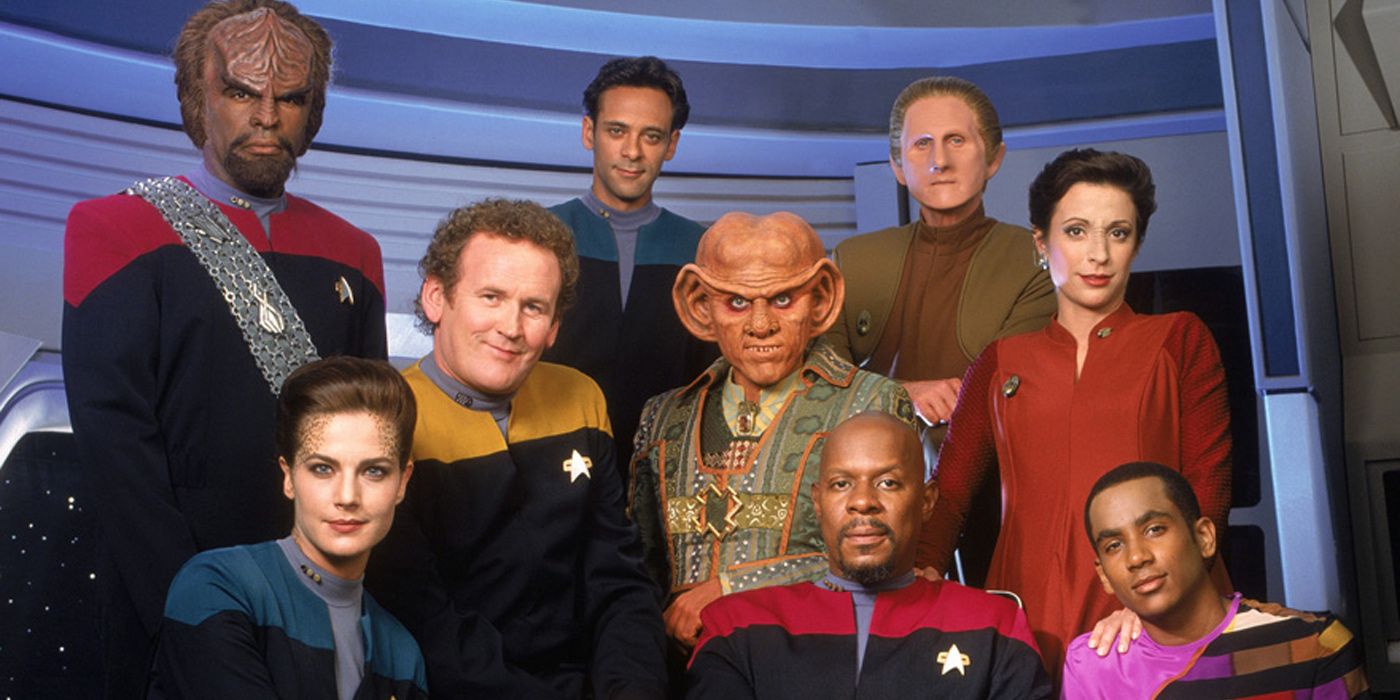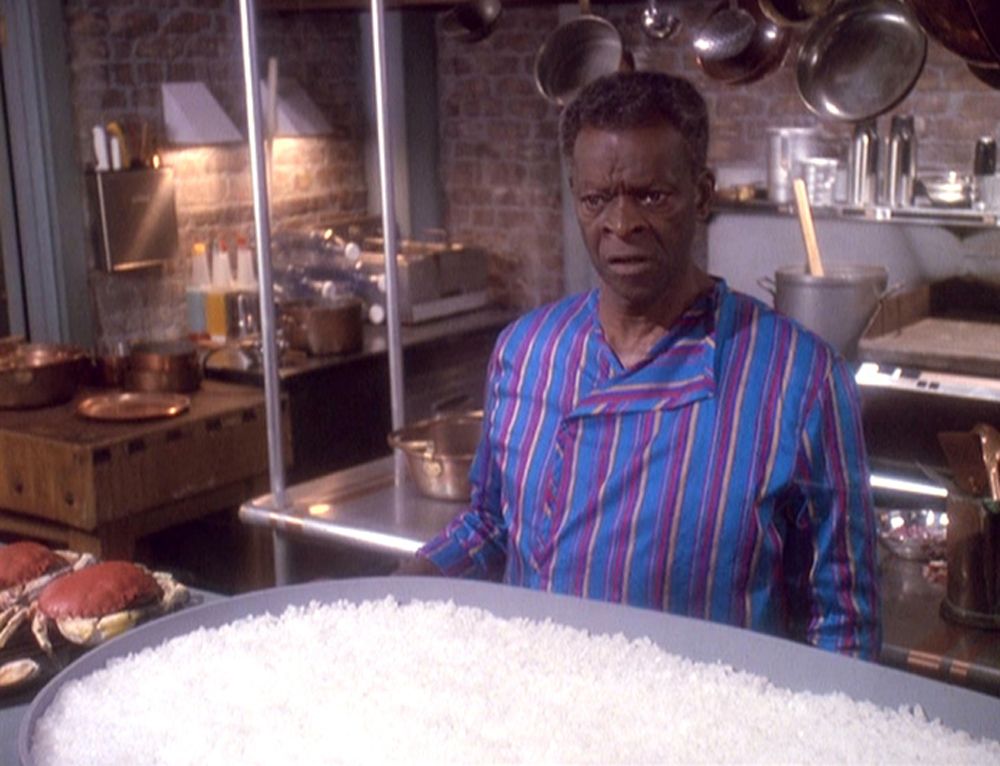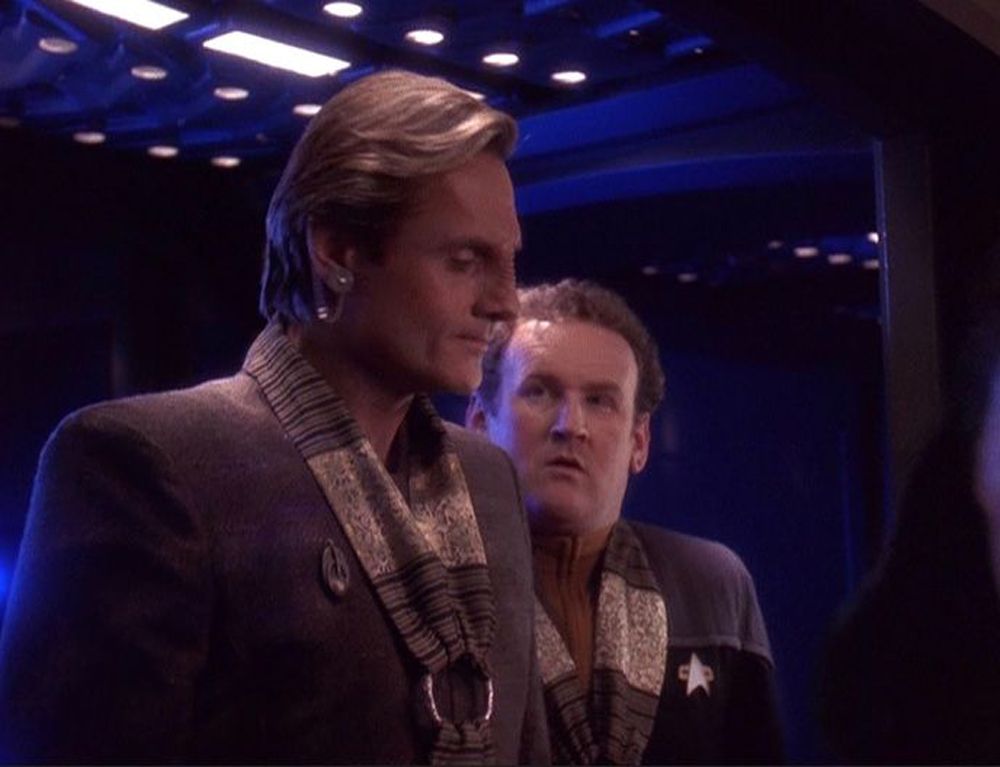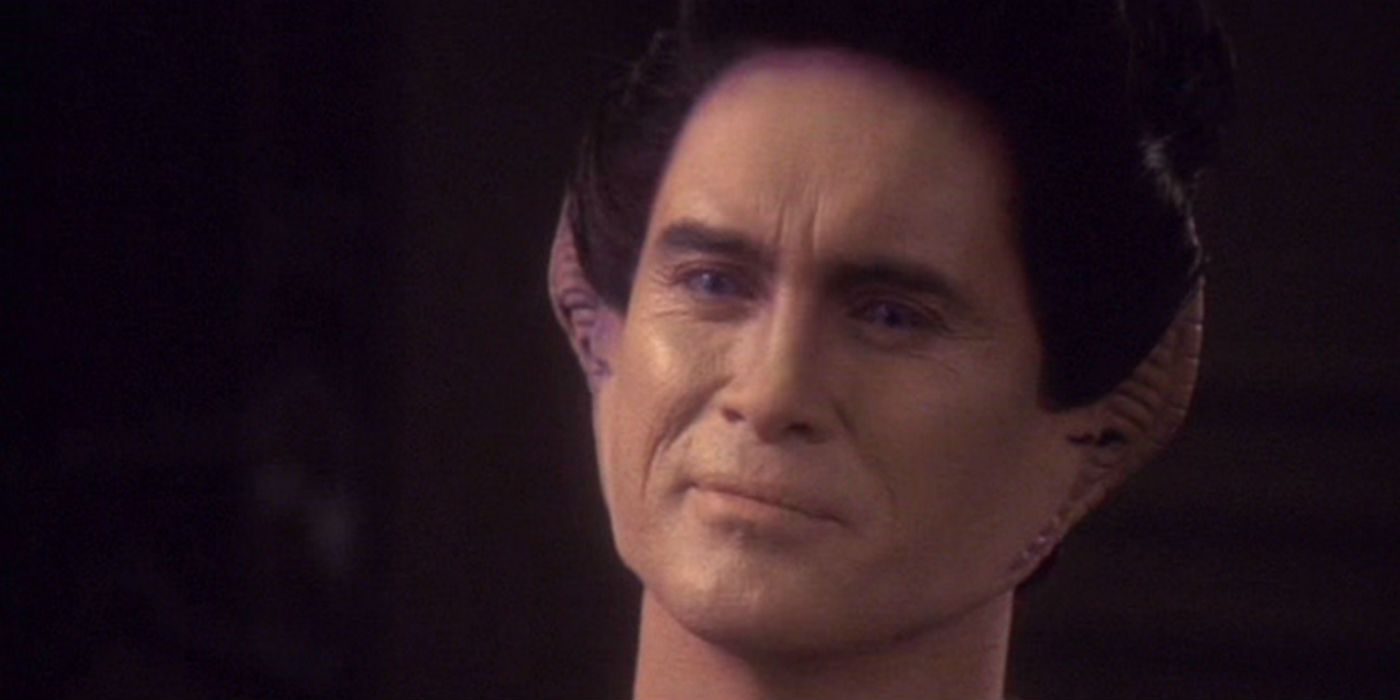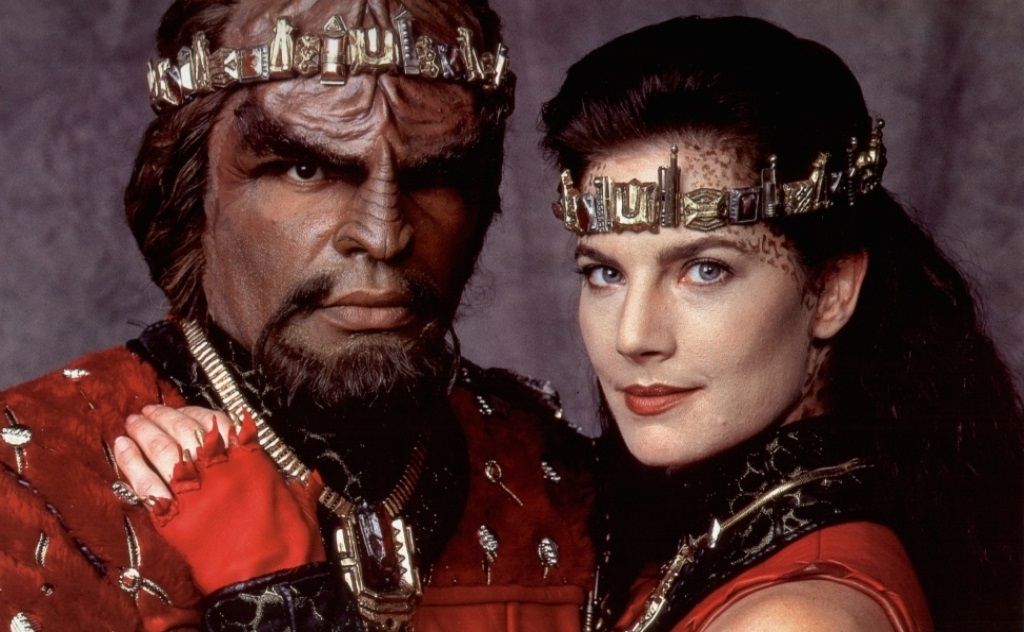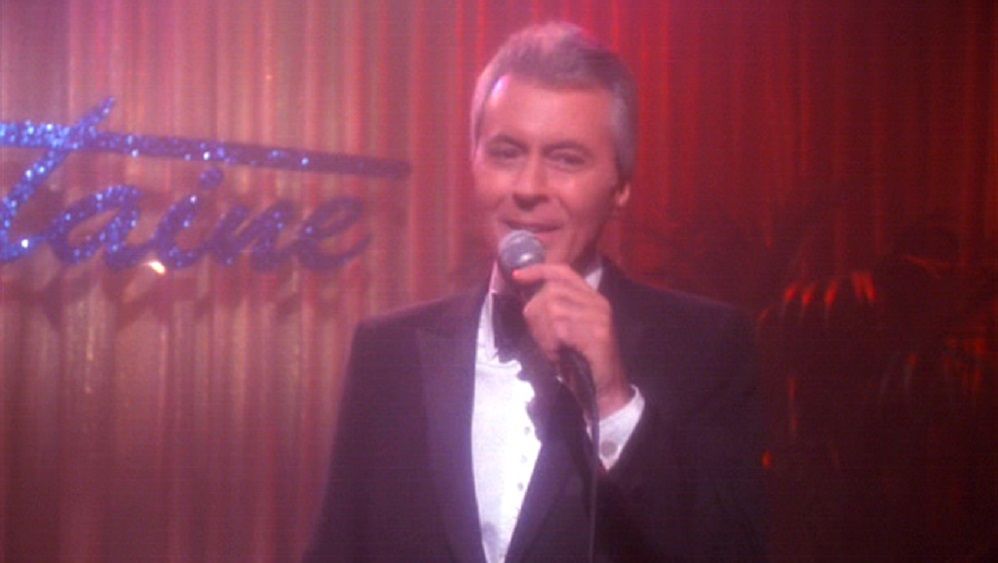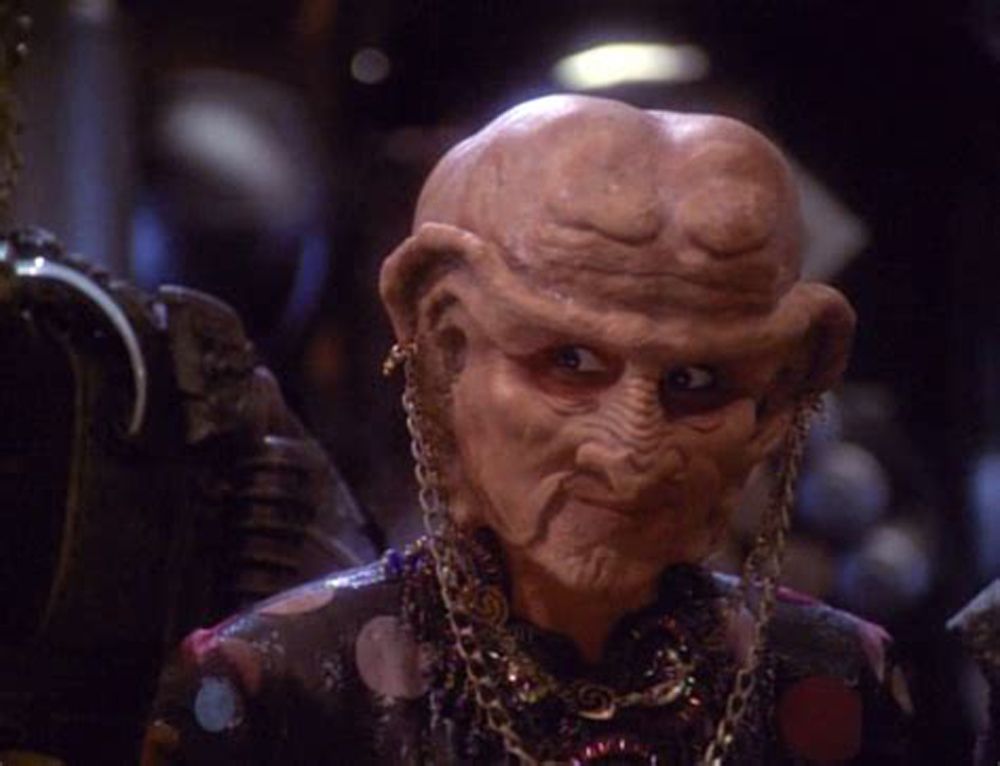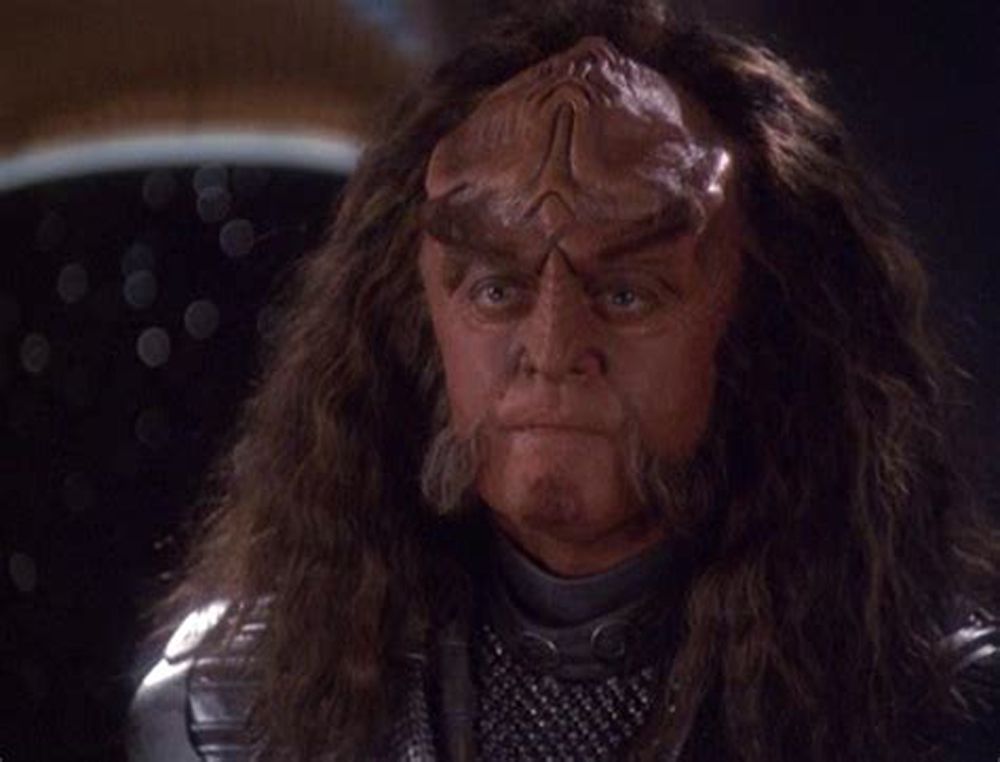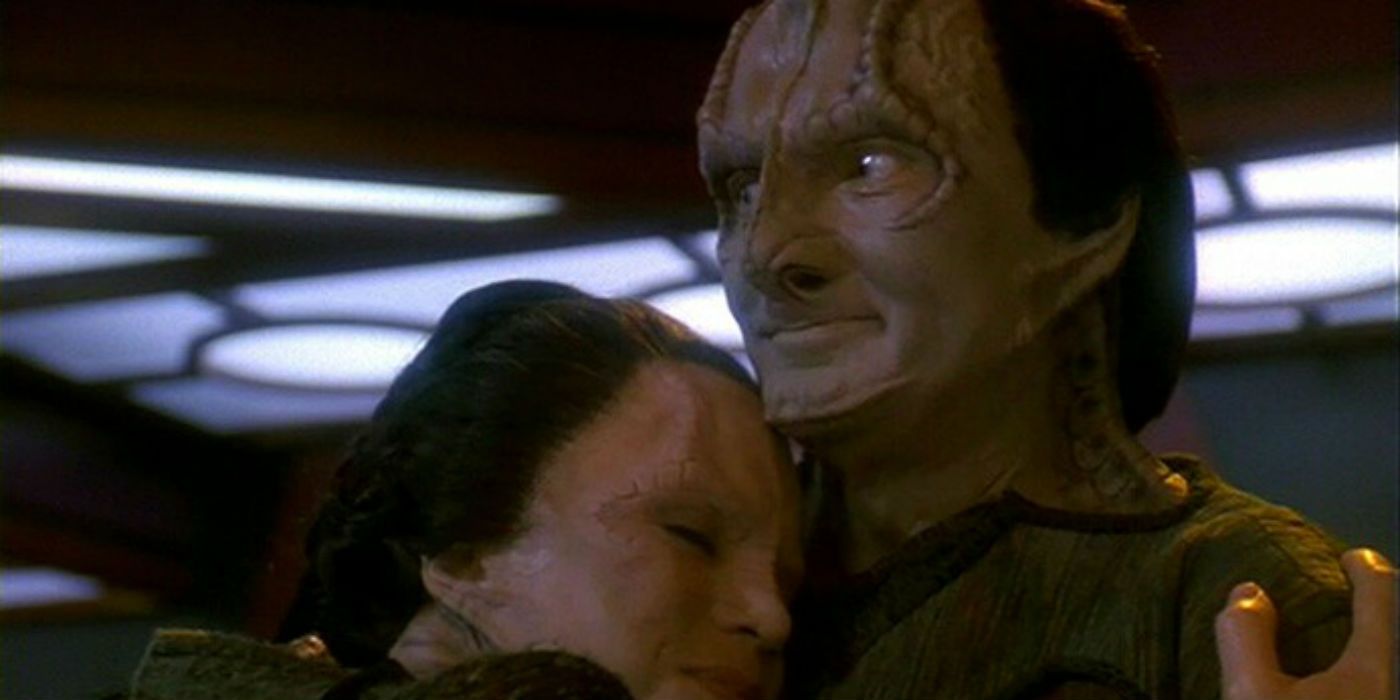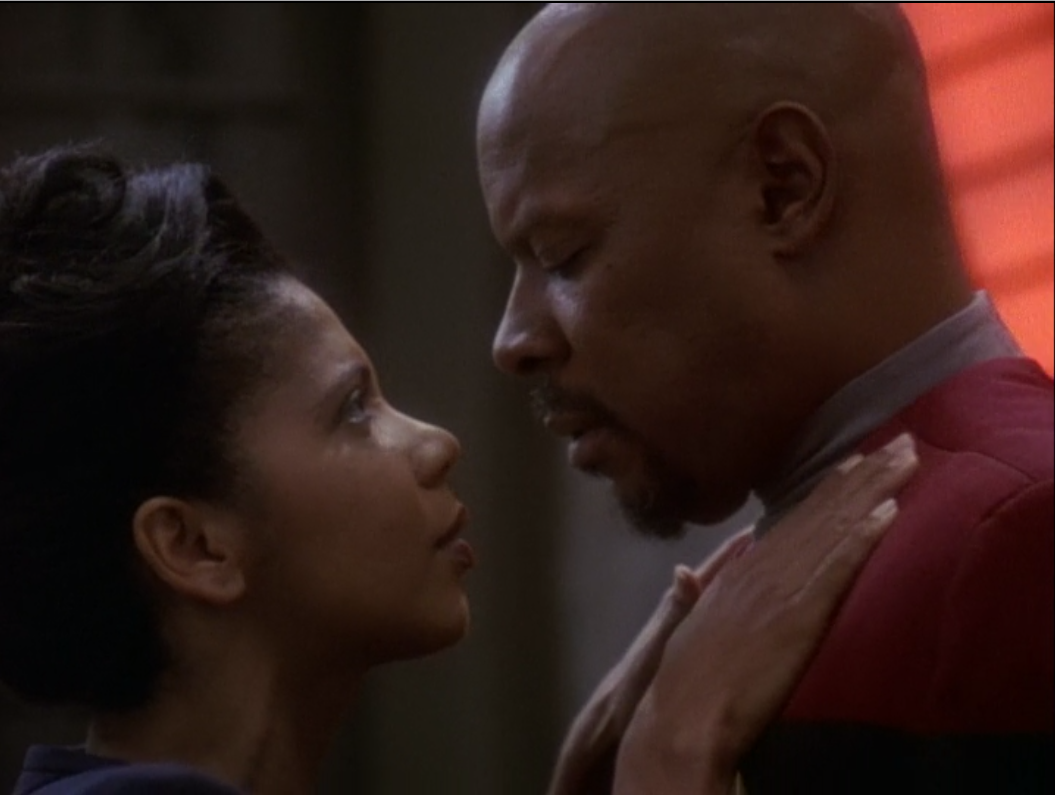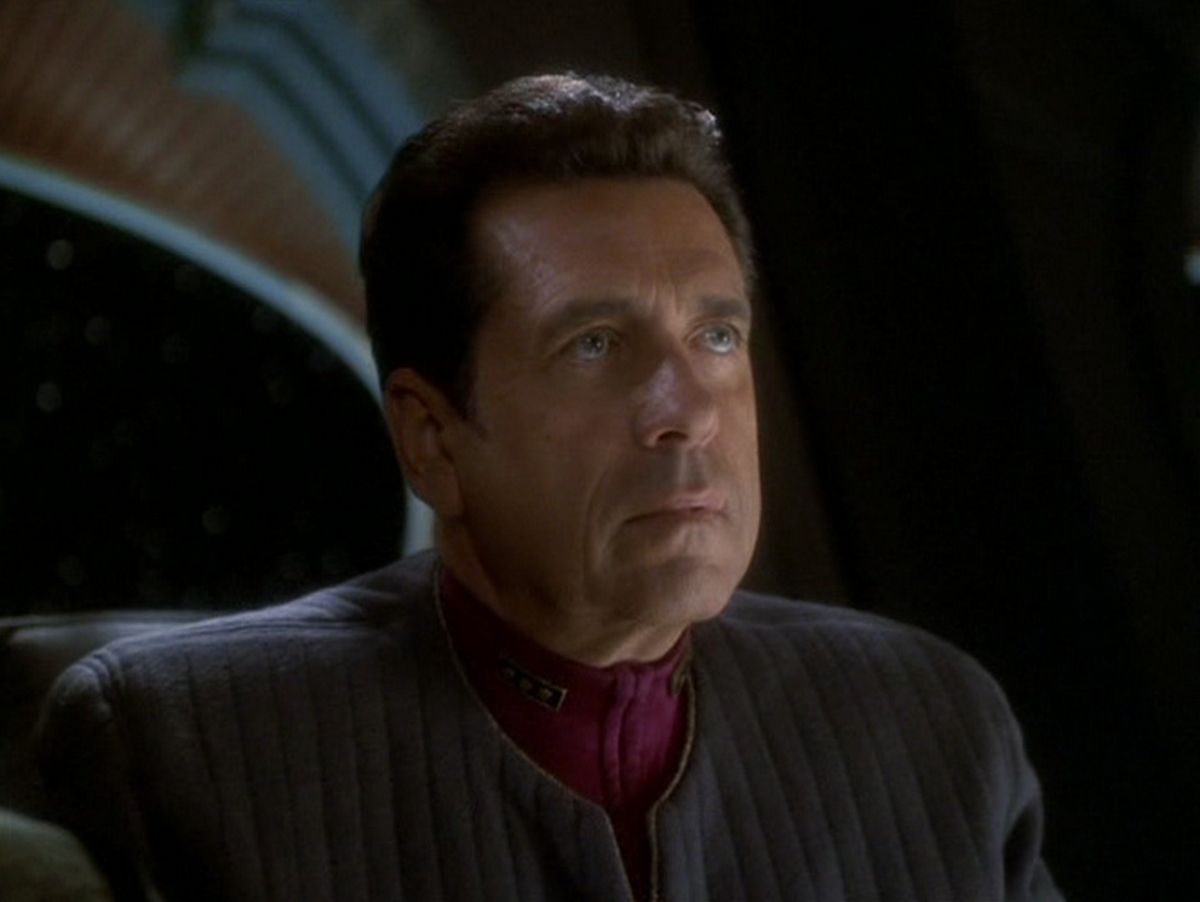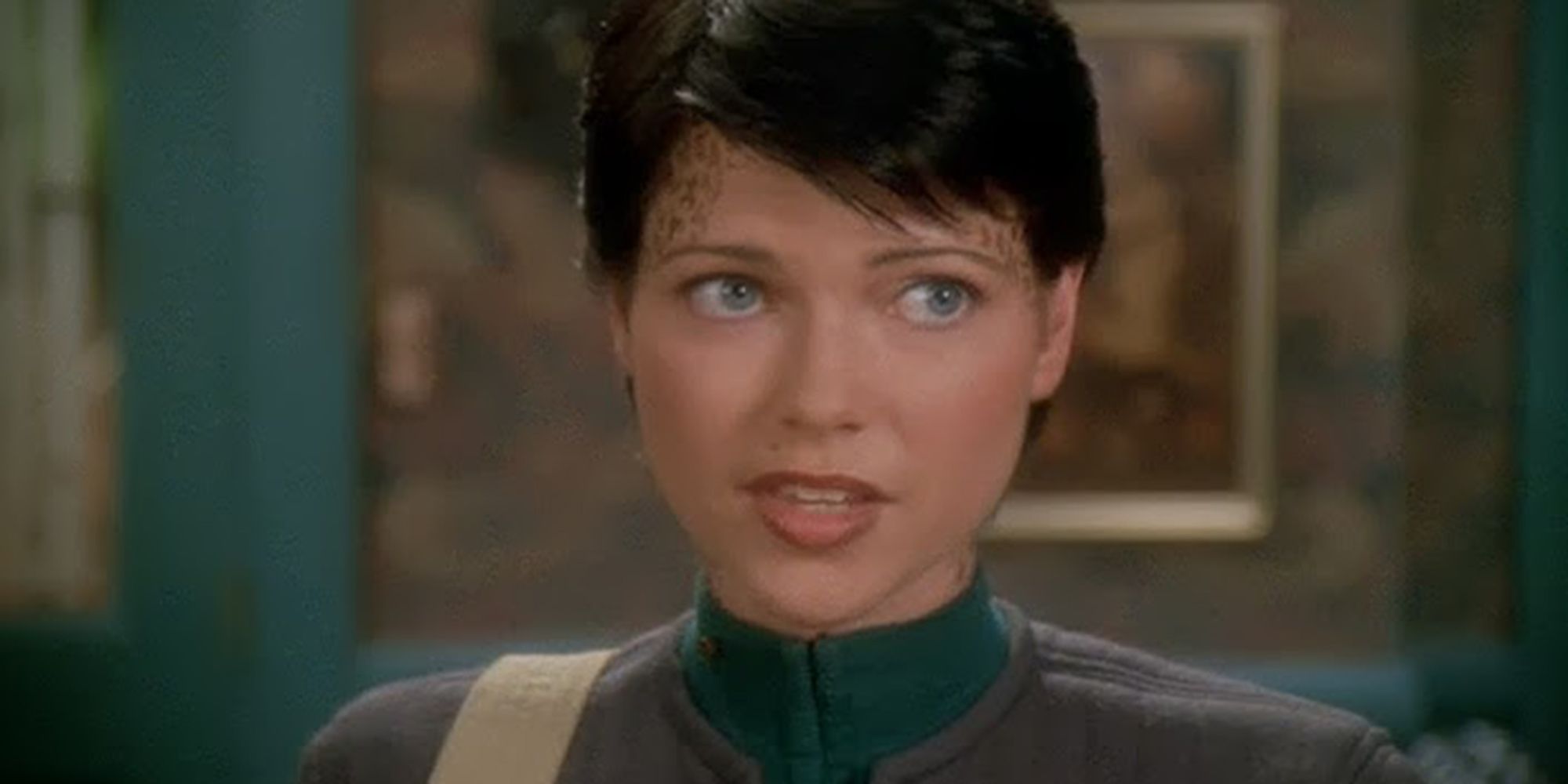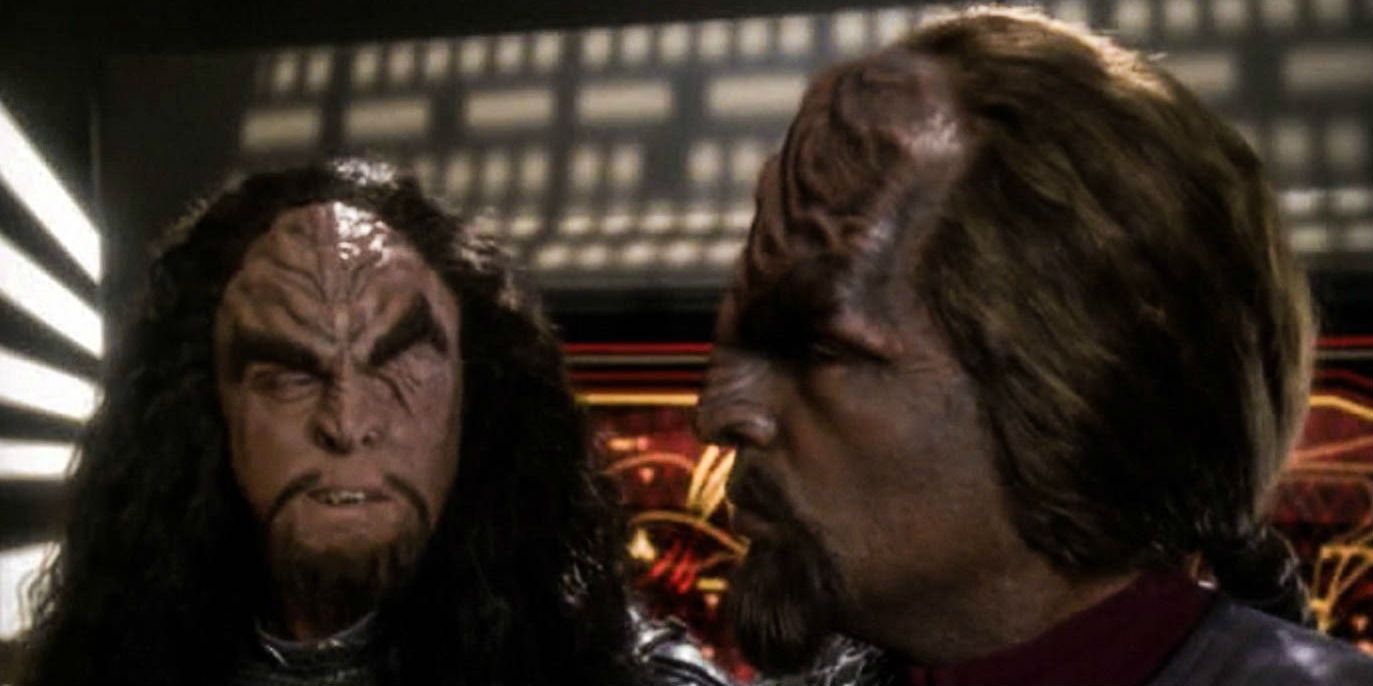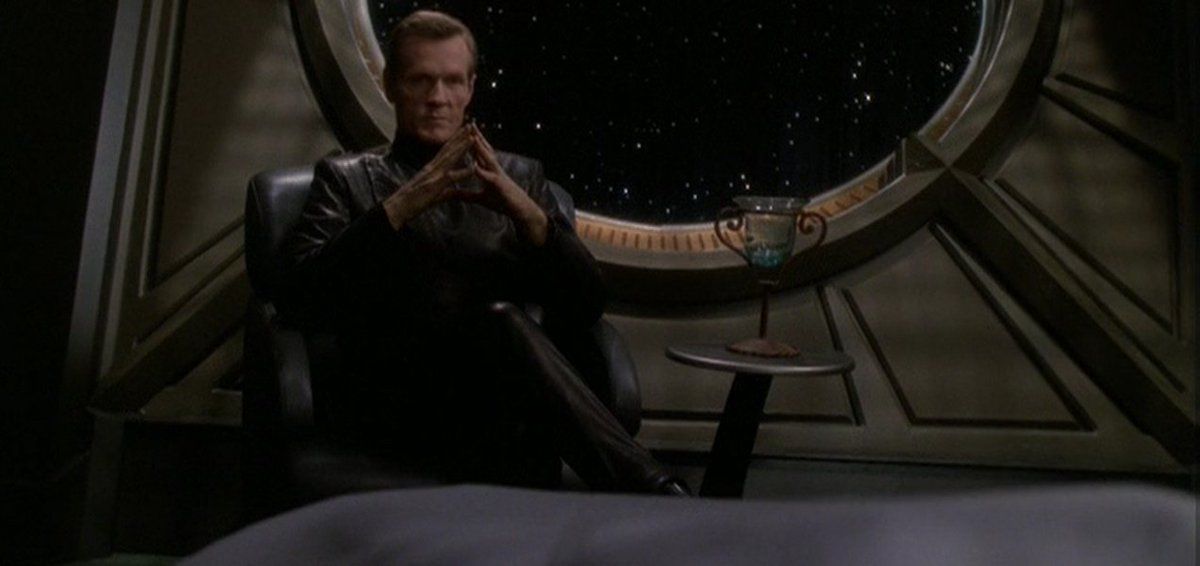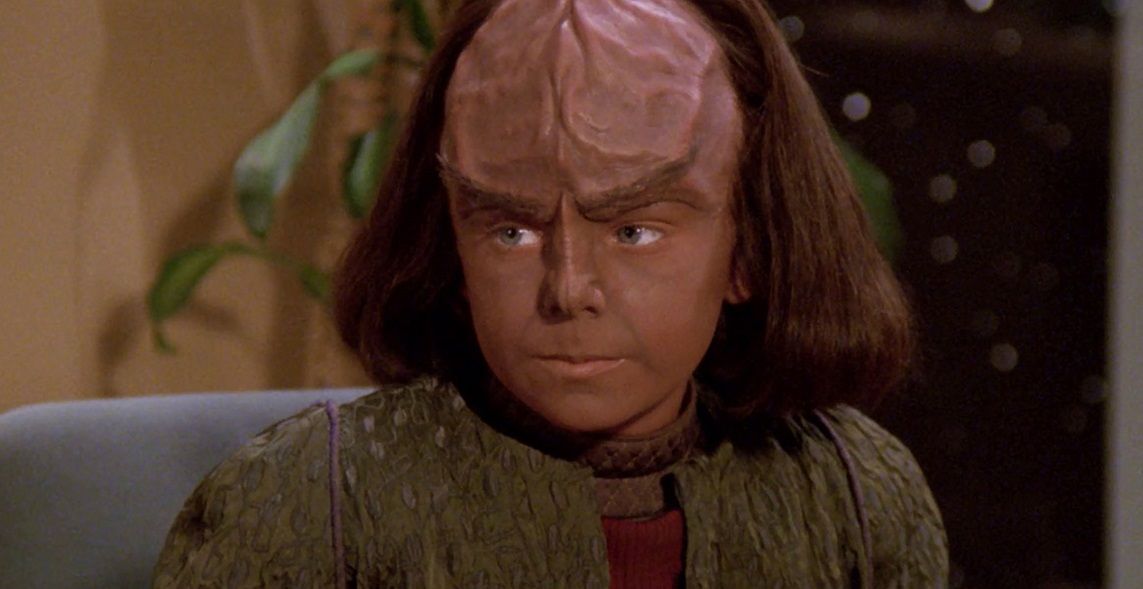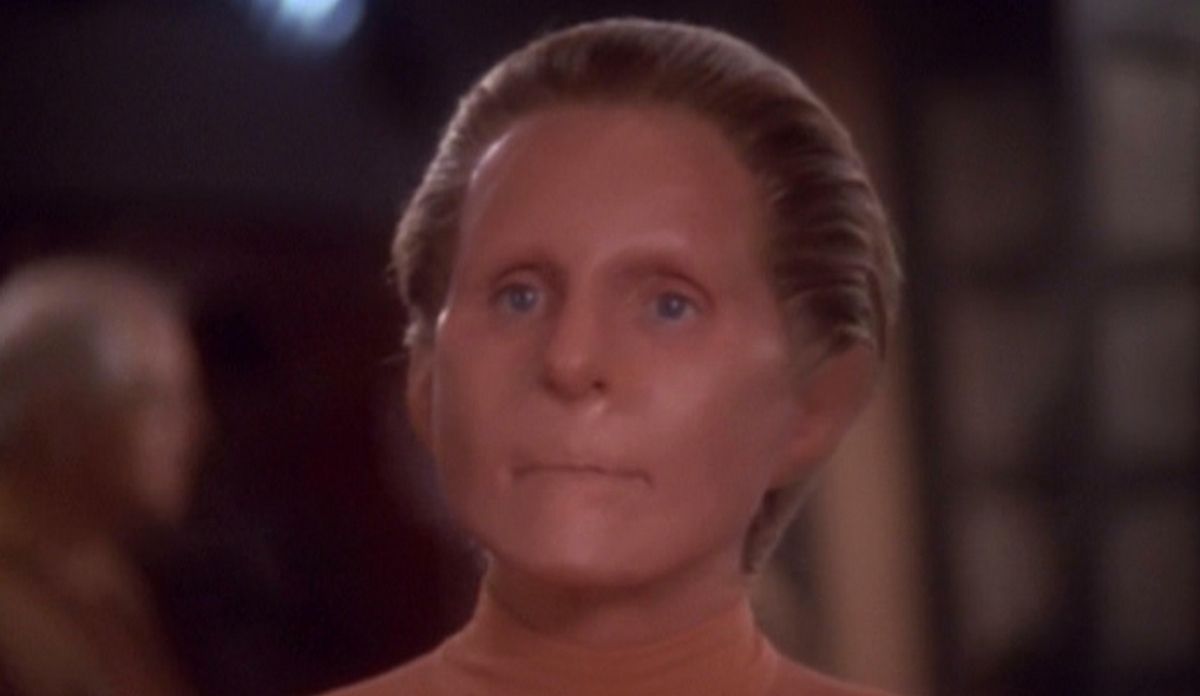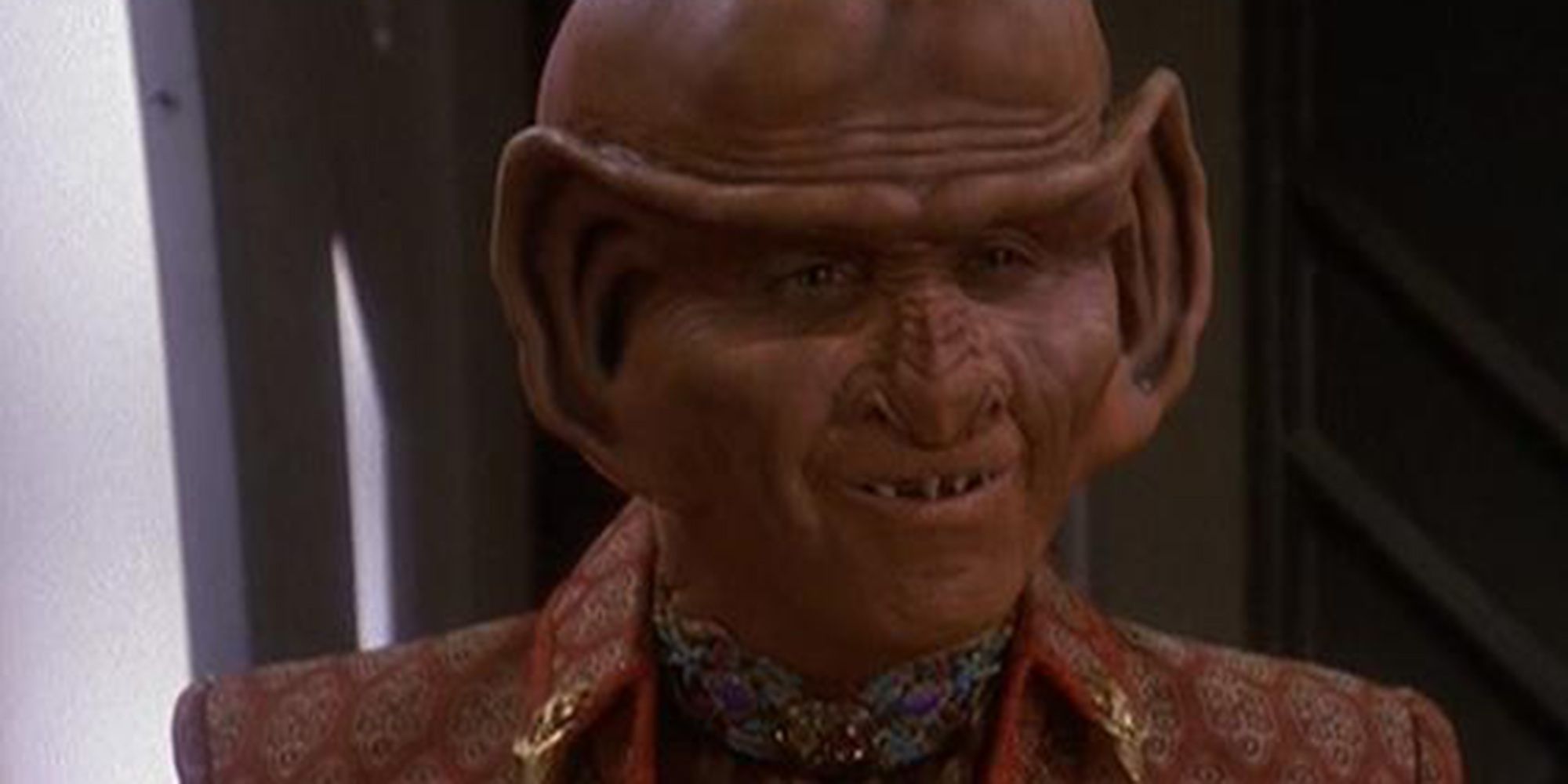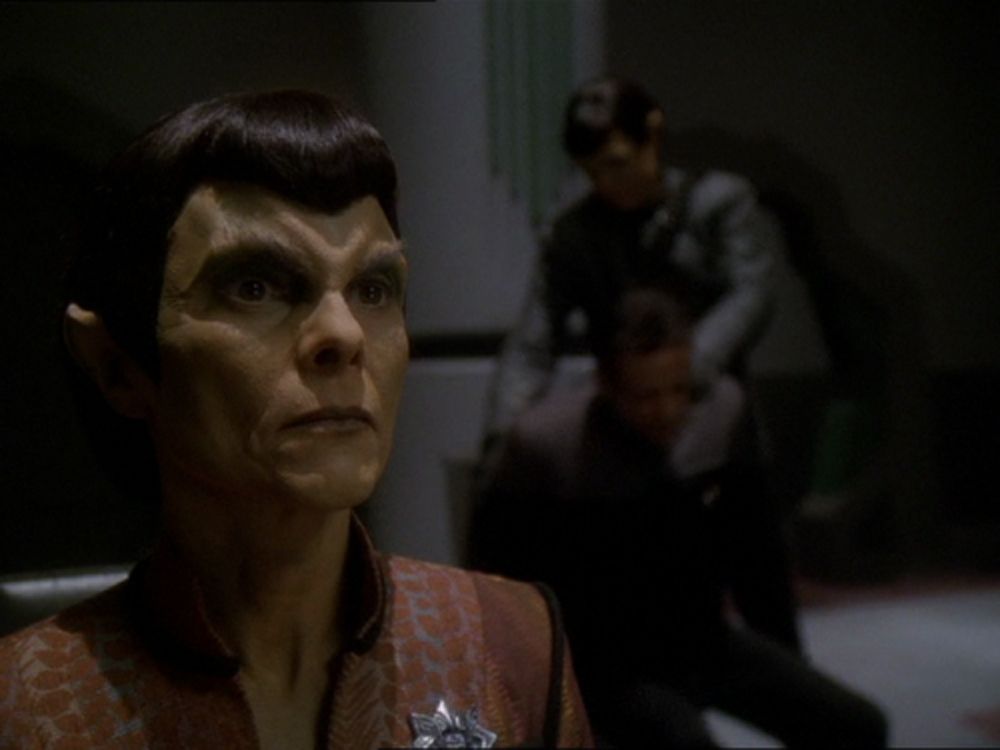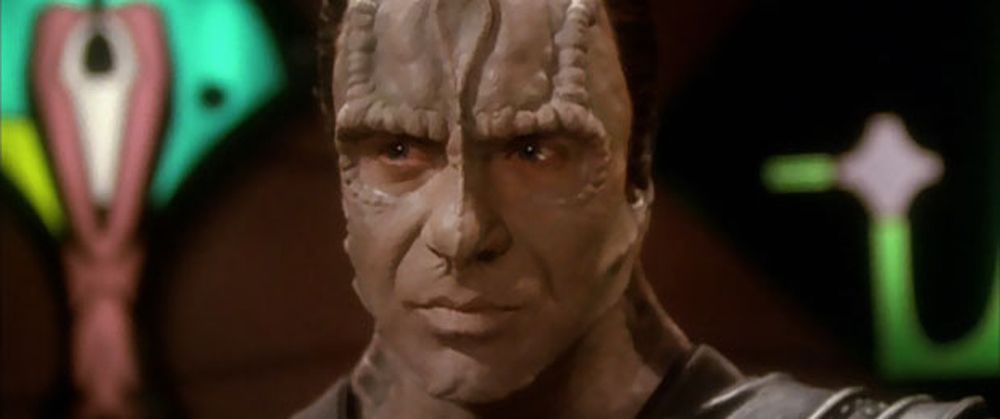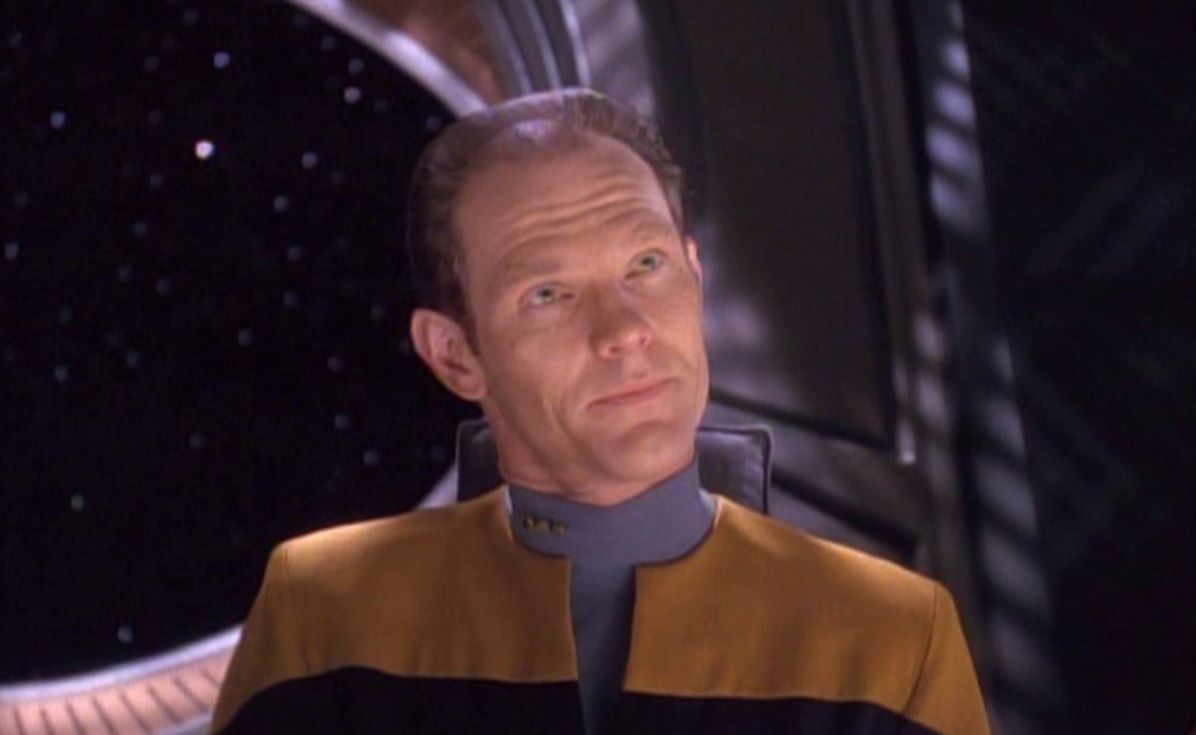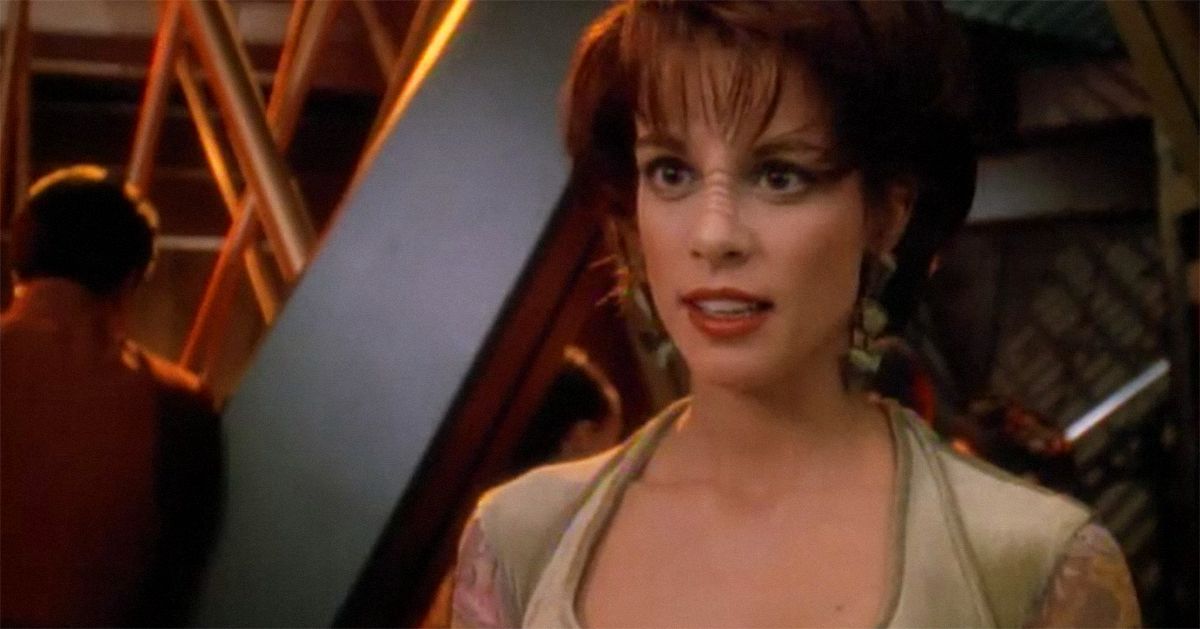With every Star Trek series running for multiple seasons, the amount of characters needed to keep the show fresh and unique increased quickly. Star Trek is, at its core, about the people and their humanity, motivations, beliefs, and search for meaning. In nearly every episode of Star Trek since the original series, a new human or alien was introduced. We often learned something new about the main cast based on the relationship fostered between them and the new characters. Ideals are challenged, minds are opened, and philosophy is presented in new ways: it’s all part of the Star Trek experience.
The writers and creators of Star Trek know what makes a good character, and they have managed to give fans amazing additions through the years, especially with Deep Space Nine. Whether the new additions were good guys or villains in any of the series, you can probably name a few. Conversely, some characters added to the show in later seasons of Deep Space Nine had a negative effect on the series. Either they didn’t bring anything new to the table or they were typical characters meant only to move a plot or story arc along in convenient ways.
This list examines the new character added to Deep Space Nine after season one. Some started as guest characters, then moved to become a recurring member of the show. All of them had an effect on the series, whether positive or negative.
Here are 11 New Character Additions That Saved DS9 (And 9 That Hurt It).
Saved: Joseph Sisko (Benjamin's Dad)
Benjamin’s father, Joseph Sisko appeared only in six episodes, but became such a force in that limited time. He gave Deep Space Nine uplifting and inspiring scenes.
Joseph ran his own restaurant (Sisko’s) and was a popular cook, whose skills were handed down to Benjamin. Benjamin’s father stood up for his beliefs and shared his opinions openly. For example, Joseph refused to get his blood screened, saying his freedoms were being infringed upon. When Benjamin moved in with his father after Jadzia passed away, his father allowed his son to help at the restaurant with no strings attached. This slowly helped Benjamin get over the loss of his close friend. Joseph Sisko became the only parent to appear alive in a Star Trek series.
Hurt: Shakarr Edon
Emiliano Zapata was the inspiration for Shakarr Edon. He was conceived in an effort to fill the space when the demise of Li Nalas happened. It’s believed Nalas united Bajorans into resistance against the Cardassians. Edon was basically a tool to introduce minor concepts and give Kira something to whine about. He showed how far his frustrations could go when tested, and, even though he was a mentor to Kira some time ago, she eventually saw how evil he could be.
Edon and Kira quickly became a couple, then the writers had to break them up. Shakarr didn’t add much to Deep Space Nine and was written out of the show during the Dominion War.
Saved: Weyoun
Weyoun was a character created specifically for actor Jeffrey Combs, who had already played the Deep Space Nine roles of Tiron and Brunt. Combs is a favorite actor of most Star Trek fans and having playing such a meta character enhanced the series.
The character is essentially a clone that is only reactivated when the previous one perishes. Weyoun is a Vorta, a race of aliens originating from the Gamma Quadrant that are part of the Dominion War. The series of Weyouns in DS9 were in partial command of the Dominion forces in the Alpha Quadrant. Much of the character’s success can be attributed to the wonderful Combs.
Hurt: Worf
Worf joined the Deep Space Nine crew in season four. He was an extremely popular character from The Next Generation, but it seemed like Worf was added to improve the mediocre ratings. Ratings did improve, but mostly because the writing and storylines got much better.
Why did Worf hurt the show? Mainly because what made him special on TNG was not apparent on DS9. Worf was a phenomenal individual on the Enterprise, with his own aspirations and unique loyalty to the Empire. Once on Deep Space Nine, he was only great when he was part of a couple or group. Jadzia made him better; Sisko challenged him; Kira and O’Brien antagonized him. By himself, Worf was not as strong as he had been on TNG.
Saved: Vic Fontaine
Beginning in season six, Vic Fontaine entered the lives of DS9’s inhabitants, crooning his way into their hearts. He was a self-aware character in a holodeck program that improved the series that had slowly been devoid of new recurring people. His '60s style Frank Sinatra singing wasn’t too bad, either.
Fontaine helped characters more than they realized, as the pseudo-therapist was responsible for getting Odo and Kira into a relationship. After Jadzia passed away, Fontaine was there for Quark and Bashir to help them move on. The singer also assisted Nog with coming to terms with losing his leg. How important was the character? For all he did, the DS9 crew returned the favors by helping Fontaine get his bar back when it was taken over by the mafia.
Saved: Ishka
Ishka was a great example of how characters in Star Trek could be amazing role models and have open minds. The Ferengi mother of Quark and Rom, she appeared in five episodes, but had a long-lasting impact. She has also made appearances in Star Trek novels, but they aren’t considered canon.
Her biggest contribution was pushing for women to have a bigger part in the Ferengi profit-making life. Ferengis looked down on women (laws state they can’t make money or wear clothes), but it’s soon learned she had been partaking in profitable businesses on the side. She began a relationship with the Grand Nagus Zek, and the Ferengi Alliance is surprised, but tolerates that Ishka was the real power behind the Grand Nagus.
Hurt: Gowron
Gowron was a Klingon character with potential to be more than showcased. He was a chancellor during the Klingon Civil War, Klingon-Cardassian War, and the Dominion War. This Klingon was another The Next Generation character to transition to Deep Space Nine. Although popular on TNG, Gowron just didn’t have the staying power like some of the other TNG characters.
With four episodes of The Next Generation under his belt, Gowron managed to etch out seven on DS9. Gowron’s laid back humor and ability to tolerate and empathize with humans was out of place in the context and atmosphere of DS9. Gowron might have been better on Voyager.
Saved: Tora Ziyal
Tora Ziyal was the daughter of Gul Dukat, who was the resilient and aggressive Cardassian former-leader of Deep Space Nine. Ziyal was actually half-Bajoran, but Dukat was extremely fond of her. This allowed a more sensitive side for Dukat and showed that he wasn’t keen on some of the Cardassian policies. He had sent Ziyal and the mother to Lissepia, but the ship they were on was attacked and the mother didn’t make it. Ziyal went to a Breen labor camp.
When Dukat finally got word about Ziyal, he had planned to dispatch her so she wouldn’t cause turmoil to his current family and position in the Cardassian government. Kira managed to talk him out of doing that. Ziyal was the driving force behind lifting Dukat’s hard shell and placing his humanity to the forefront.
Hurt: Kasidy Yates
Kasidy Yates was a freighter captain for the United Federation of Planets. She went on to run her own shipping company, and eventually married Benjamin Sisko. In some ways Yates looks like a good addition to the show. Strong women on Star Trek are a common theme, which is a great thing. Actress Penny Johnson said on the season 7 DVD special features that Yates is “a wonderful women for Benjamin Sisko... Se’s a woman… very strong in her beliefs, she’s good at what she does.”
She did have a slight affiliation with the Maquis. If that was all that was done with the character, Yates may have been a good add. But in some episodes, it’s like Yates was there simply because Sisko needed a love interest.
Saved: William Ross
William J. Ross was a stoic officer of Starfleet who grew to like Benjamin Sisko as a friend. Ross was honest and unafraid to share his opinions, especially when it came to the Bajoran’s belief that Sisko was the Emissary. There really was no one better for the other characters to emulate. He directly participated in assaults during the Battle of Cardassia and made quick decisions on striking the heart of the Dominion forces.
Plus, why wouldn’t you follow a man who was able to command Cardassian forces when they betrayed the Dominion and became allies? Ross’s speech in “What You Leave Behind” rivaled and share of the sentiments of Douglas MacArthur’s speech during World War II.
Hurt: Ezri Dax
Ezri Dax was a bad addition to Deep Space Nine, but not through any fault of the actress or character, but because of reasons outside the context of the show. After Jadzia passed away, it was obvious that the next Dax needed to be different.
Therein lies the first reason Ezri wasn’t a good fit for the show: she was a complete opposite of Jadzia. Ezri was shy and reserved, unwilling to take chances. She was simply too different. This falls on the shoulders of the writers and creators, as Ezri never had enough time to develop. She came in for the final season and didn’t have many plotlines.
Saved: Martok
Like most Klingon men, Martok was a warrior of the Empire, becoming a general and eventually the Chancellor of the Klingon Empire. He was the head of the House of Martok, with a wife named Sirella and multiple children.
The character Martok had been planned to be a one-time only character, but actor J.G. Hertzler impressed the producers in the role so they gave him more episodes. In “Apocalypse Rising”, a sequence of events and scenes led to them being nicknamed the “Martok Twist.” Producer Ira Behr said that it was the best thing they could have done. Martok was in twenty-four episodes over seasons four through seven.
Hurt: Luther Sloan
Science fiction shows tend to recycle cliched characters. The smart computer guy; the strong, take-no-guff soldier; the defiant woman who kicks more butt than the strong guy. Star Trek, even Deep Space Nine, shied away from these stereotypes. If there was someone close to the archetype, they didn’t make it obvious.
However, one of the most cliched characters in any Star Trek series is Luther Sloan. He was part of the Section 31 organization that was never really developed enough. Sloan is your typical spy character, acting tough with a constant air of having secret knowledge he’s proud to store in his arrogant head for no one else to know.
Saved: Alexander Rozhenko
Played by three different actors over eight years and two different Star Trek series (The Next Generation and Deep Space Nine), Alexander Rozhenko was the son of Worf. Alexander was a member of two houses: the House of Martok and House of Mogh.
He became a weapons officer on the Ya’Vang, but most importantly he brought out a compassionate and endearing side of Worf. Although Alexander appeared in four episodes of Deep Space Nine, there was enough time spent between Worf and his son to make a deep emotional impact. One important fact also came from having Alexander appear in Deep Space Nine: it established (and confirmed for some) that Klingon children mature and age must faster than human children.
Hurt: Female Changeling
Played by Salome Jens, the Female Changeling was the representative Founder of the Great Link that bonded all the Changelings in a sea on the planet Omarion Nebula. As docile as they appear, they facilitated a mass extinction to follow the rules of the Dominion. The Changeling “leader” had no use for names, which isn’t a bad thing. Her major role was to lure Odo back to his kind, to join the Link. She was reserved, but relentless.
While the character provided a slow fountain of information about the fascinating Changeling world, the writers may have missed an opportunity to explore these aliens more. The Changeling’s motivations were too focused for us to care about the character.
Saved: Brunt
One of the other characters played by Jeffrey Combs was Brunt. He was a Ferengi male who basically resembled a tax agent who worked as a “liquidator” with the Ferengi Commerce Authority. Brunt initially came onto the scene to investigate Ishka and prove she was participating illegally in Ferengi profiteering. Soon, the agent found himself taking down the whole family as well.
This character was the equivalent of TV real-world cop shows where one officer always does things by the book. It was fun to see another hardcore Ferengi give Quark and Rom a hard time. This provided more comic relief from the Ferengis and also established more history about the alien’s commerce way of life. Plus, why not give Jeffrey Combs more parts to play? He nails every single one.
Hurt: Kimara Cretak
Star Trek writers, producers, and creators have a wonderful knack for closing storylines. Doing episodic television makes this easier. Deep Space Nine consistently used multi-episodes and seasons for major plots, but characters still got closure.
Kimara Cretak was a rare exception to this. One of the reasons Cretak's addition damaged the creditability of this series was the character was played by two different actors. First by Megan Cole and then by Adrienne Barbeau. It might have been better to just not use the character a second time. Cretak's ending marks a very, very rare time that the fate of the character was completely unknown. Fans don’t know if she was going to be imprisoned or exterminated.
Saved: Corat Damar
It’s hard to deny that the Cardassian race was one of the most hated alien species Star Trek gave us. They loved war and conquering, and essentially had a dystopian society. Not every Cardassian had a hard exterior and difficult mind to penetrate, though. Corat Damar was an amazing showcase of how the writers and producers of Star Trek could develop a character - especially a Cardassian.
Damar was an officer under Gul Dukat, but when he learned what the Dominion were doing to his people, Damar switched to the “good” side and led a rebellion, becoming a resistance fighter. This opened his mind to what the Cardassians did to the Bajorans during the Cardassian Occupation.
Hurt: Michael Eddington
Some reasoning in Star Trek: Deep Space Nine Companion suggests that writers/producers needed a “fill-in” character as Colm Meaney departed occasionally to do movies, and then came Michael Eddington. The character’s named and when conflict was introduced between Eddington and Odo, it didn’t feel right, so the writers went in a different direction.
Adding Eddington was more trouble than it was worth. It was like the creators needed a character who enjoyed dangerous shenanigans for drama. Eddington sabotaged the Defiant and joined the Maquis in his time on the show. The small amount of good Eddington did wasn’t enough to make the character likable.
Saved: Leeta
Chase Masterson played Leeta, a dabo girl (a hostess/waitress) in Quark’s bar. She was gorgeous and hired for really only one reason-- except Leeta was much more than that. She was a strong, independent woman, which irritated Quark to no end.
One episode had her leading a labor strike against Quark for better working conditions and pay. Leeta worked hard, gave Quark sharp honesty, and was genuinely nice to everyone she talked to. Eventually, she dated and married Rom, and Leeta aspired to be the Grand Nagus of the Ferengi Alliance-- and she suceeded. Leeta was planned for only one episode - “Explorers” - but Masterson did such a great job, the producers gave her a recurring part.
---
What character additions do you feel saved or hurt Star Trek: Deep Space Nine? Let us know in the comments!

